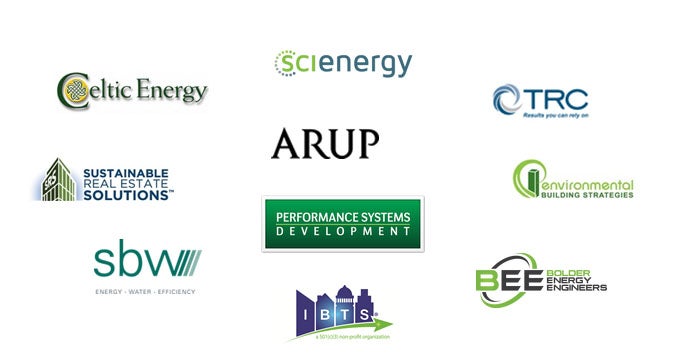 The large-scale adoption of energy efficiency in buildings is a key to achieving a cleaner environment, lower utility bills, and more comfort for customers. But increasing private capital investment in the energy efficiency market has been a big challenge.
The large-scale adoption of energy efficiency in buildings is a key to achieving a cleaner environment, lower utility bills, and more comfort for customers. But increasing private capital investment in the energy efficiency market has been a big challenge.
Environmental Defense Fund’s Investor Confidence Project (ICP) addresses one specific barrier to more energy efficiency investment: the lack of trust investors and building owners have in projected energy and cost savings. ICP offers protocols that define industry best practices for energy efficiency project development and a credentialing system that provides third-party validation.
By standardizing the process by which energy efficiency projects are developed and measured – and creating a new Investor Ready Energy Efficiency™ asset class as an end result – investors can more easily finance energy efficiency projects and have more confidence in the energy and financial savings expected from these projects.
While many states have made great strides promoting the policies and incentives to spur private investment in energy efficiency projects, my home state of New Jersey is getting serious about it.














